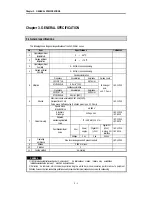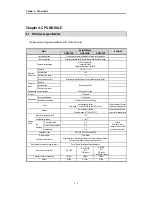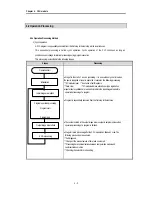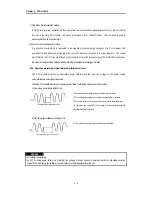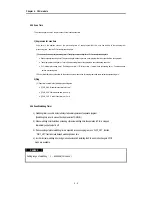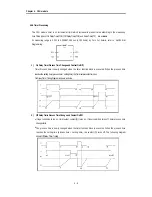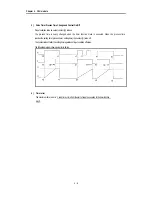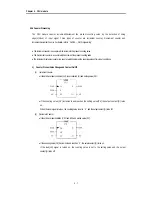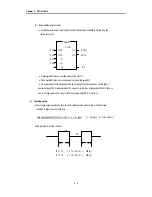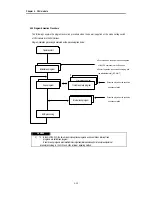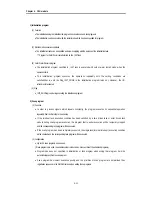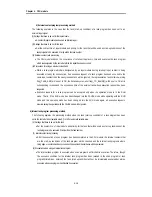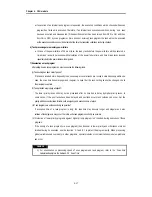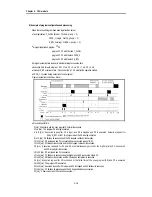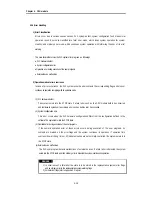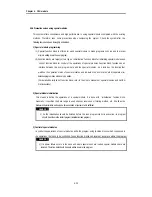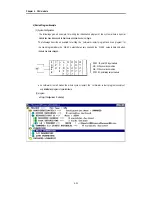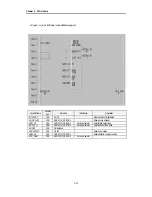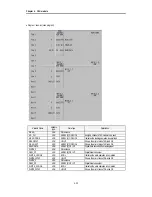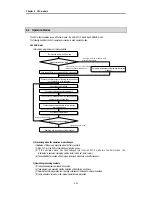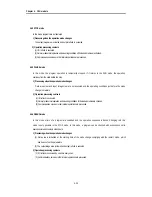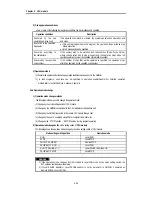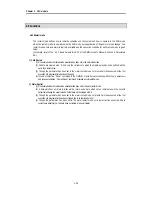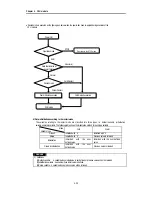
Chapter 4. CPU module
4 - 14
1) Task types and functions
The following table show the types and functions of tasks
Type
Specifications
Time driven task
External interrupt task
Internal interrupt task
Number
1)
8
8
8
Start up condition
Time driven interrupt
(up to 4,294,967.29sec
by the 10msec)
At the rising edge of input
contact on the designated slot
The rising edge or on
state of the BOOL variable
data which has been
specified of buffer data
Detection and
execution
Executed periodically
as setting time
Immediately executed when
an edge occurs in the
interrupt module
Executed with edge
detection after scan
program has been
finished
Detection delay time
Up to 1msec delay
Maximum 1msec delay +
Input module delay(Within
3msec
Delayed for the same time
as maximum scan time
Execution priority
Level 0 to 7
(Level 0 has highest
priority)
Level 0 to 7
Level 0 to 7
* 1) Up to 8 task programs are available.
2) Task program processing Method
The following explains the common processing method and instructions for task programs
(1) Task program characteristics
•
The task program will be executed when a execution condition is satisfied while the scan program is
repeatedly processed at every scan. Be sure to consider that point when writing a task program
•
For example, if a timer and a counter have been used in a 10 sec cycle time driven task program, the
timer can occur up to 10 sec error and an input which has been changed within 10 sec will not be counted
because the counter checks its input status every 10 sec
(2) Execution priority
•
The higher priority task program will be executed firstly.
•
If a newly invoked task has higher priority than that of existing tasks which are under execution, they are
temporary stopped and task has higher priority will be executed.
•
When determining the priority of a task program, consider the characteristics, importance and urgency of
the program
(3) Processing delay time
The following factors influence on the processing delay of task program, consider the characteristics,
importance and urgency of the program
•
Task detection delay (Refer to the detailed description of each task)
•
Execution delay due to the execution of prior task programs
•
Delay due to the execution of higher priority task programs while executing task programs

